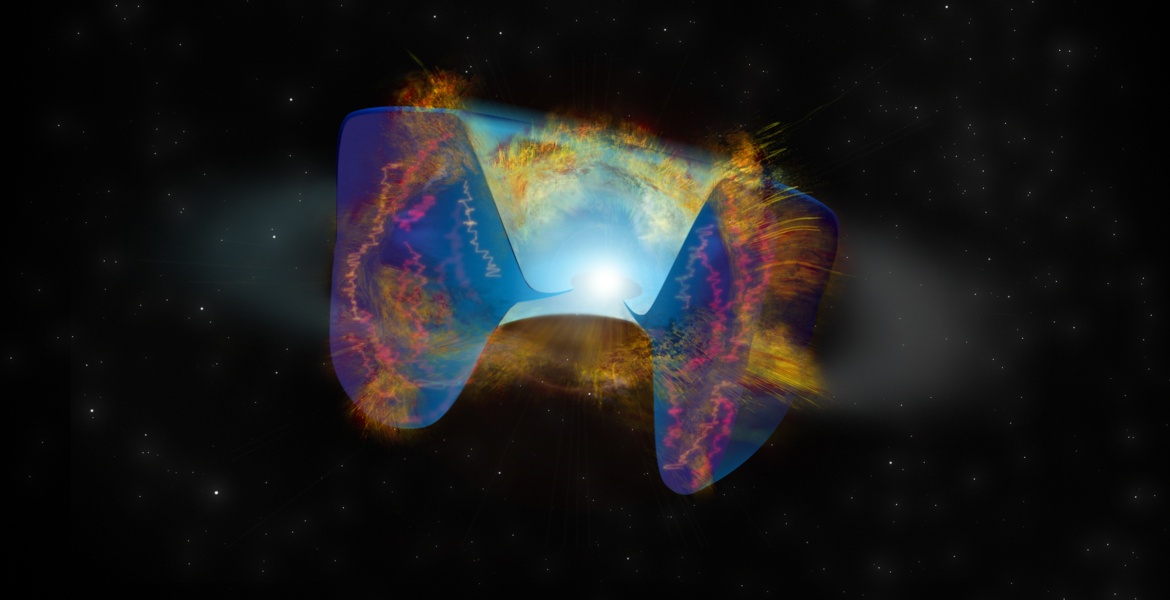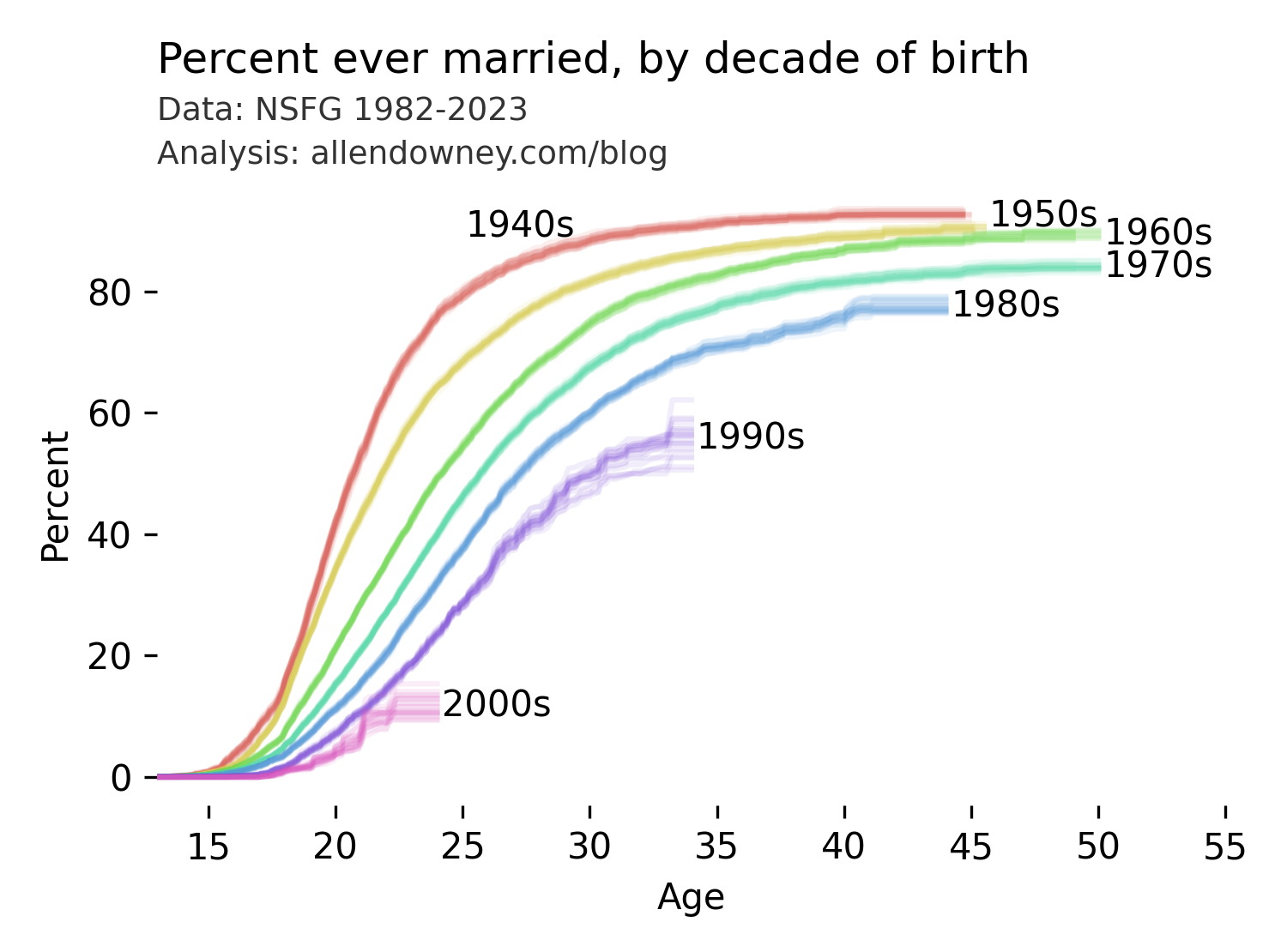
Latest gravitational wave observations conflict with expectations from stellar models
This article has been reviewed according to Science X's editorial process and policies. Editors have highlighted the following attributes while ensuring the content's credibility:
Almost 300 binary mergers have been detected so far, indicated by their passing gravitational waves. These measurements from the world's gravitational wave observatories put constraints on the masses and spins of the merging objects such as black holes and neutron stars, and in turn this information is being used to better understand the evolution of massive stars.
Thus far, these models predict a paucity of black hole binary pairs where each black hole has around 10 to 15 times the mass of the sun. This "dip or mass gap" in the mass range where black holes seldom form depends on assumptions made in the models; in particular, the ratio of the two masses in the binary.
Now a new study of the distribution of the masses of existing black holes in binaries finds no evidence for such a dip as gleaned from the gravitational waves that have been detected to date. The work is published in The Astrophysical Journal.























